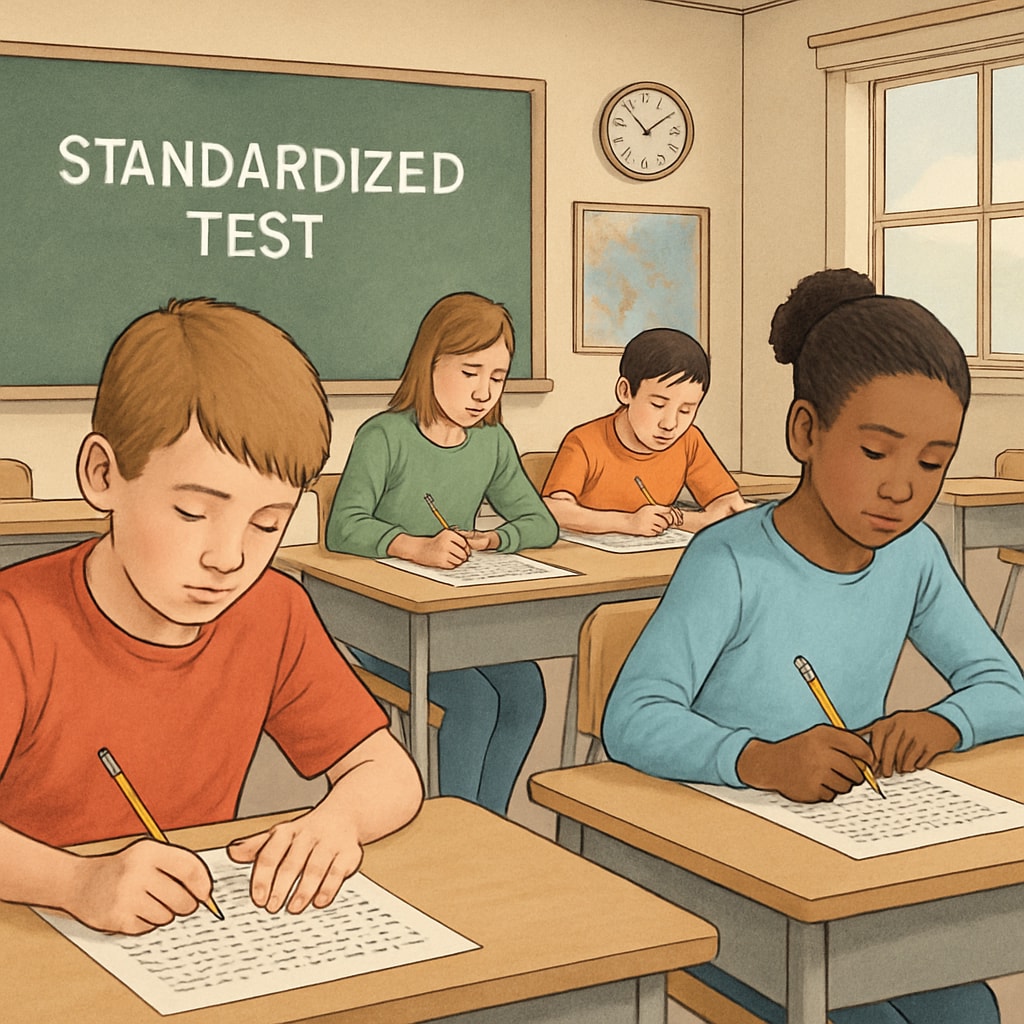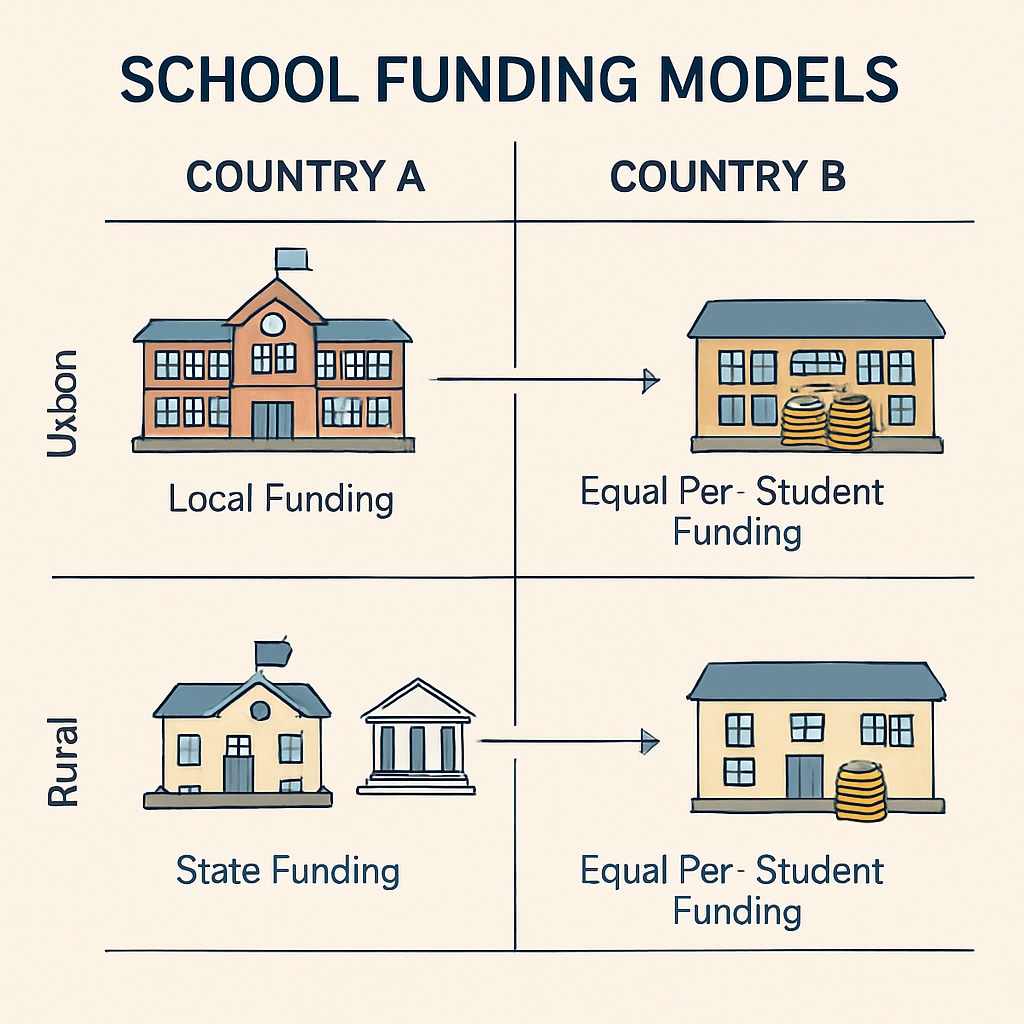When comparing the U.S. and China K12 education systems, the differences in educational philosophy, testing methods, and resource allocation are striking. These variations not only impact how students are taught and evaluated but also influence broader societal outcomes. In this article, we delve into these contrasts to explore their implications for student development and national progress.
Testing Systems: A Divergence in Purpose
One of the most notable differences between the U.S. and China lies in their approaches to testing. In China, standardized tests play a central role in the education system, with the gaokao (national college entrance exam) being the pinnacle of academic assessment. This high-stakes test determines students’ futures, placing immense pressure on them to perform well. The system prioritizes rote memorization and mastery of core subjects like mathematics, science, and Chinese language.
In contrast, the U.S. education system adopts a more holistic approach to assessment. While standardized testing, such as SATs and ACTs, is important, schools emphasize diverse evaluation methods, including project-based learning, essays, and group presentations. This approach fosters creativity and critical thinking, aiming to develop well-rounded individuals rather than focusing solely on academic performance.

Resource Allocation: Equal Access vs. Competitive Edge
Resource allocation is another area where the U.S. and China differ significantly. In the U.S., public schools are funded primarily through local taxes, which creates disparities in resource availability between wealthy and less affluent districts. This unequal distribution of resources often leads to a gap in educational quality, with students in wealthier areas receiving better facilities and access to extracurricular activities.
China, on the other hand, employs a more centralized funding model. While this ensures a baseline level of resources across schools, urban schools still enjoy advantages due to the concentration of government funding in metropolitan areas. Rural schools often face challenges such as outdated facilities and a shortage of qualified teachers, which can hinder student outcomes.

Educational Philosophy: Individual Growth vs. Societal Goals
The philosophical foundations of the U.S. and China education systems also diverge. In the U.S., education emphasizes individuality and personal growth. Students are encouraged to explore their interests, express their opinions, and think critically. Schools often focus on fostering creativity and independent problem-solving skills, preparing students for a diverse and innovation-driven workforce.
In China, the education system aligns more closely with societal goals. Schools emphasize discipline, conformity, and the collective good. Students are taught to excel in academic subjects to contribute to the nation’s development, often at the expense of extracurricular exploration. This approach has been effective in producing a highly skilled workforce but may limit the nurturing of creativity and individual expression.
Implications for Students and National Futures
The differences in testing systems, resource allocation, and educational philosophy shape the trajectories of students in both countries. In the U.S., students often graduate with a broader skill set, better prepared for careers in creative industries and innovation. However, disparities in resource allocation remain a challenge, potentially limiting opportunities for some students.
China’s system, while effective in producing academically skilled individuals, faces challenges in fostering creativity and addressing rural education inequities. As a result, the nation has begun experimenting with reforms, including integrating more creative subjects and reducing the weight of standardized tests.
Ultimately, both systems offer valuable insights into how education can shape national futures. By learning from each other’s strengths and addressing their own weaknesses, both nations can strive for a more balanced and impactful education model.


